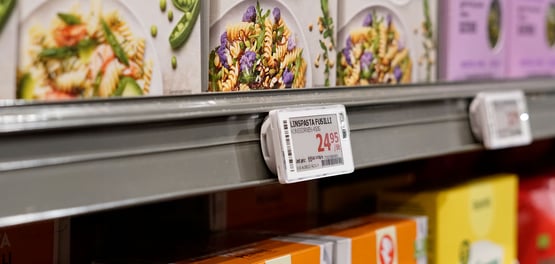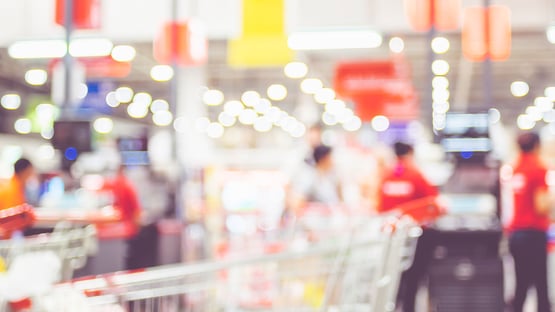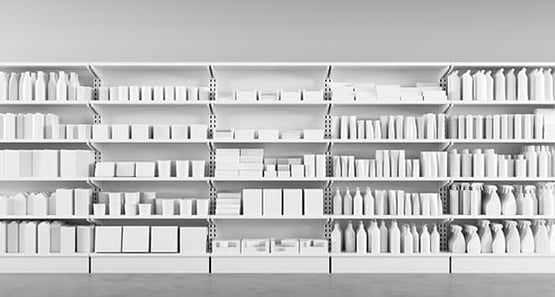Dagens Nyheter (DN), one of the leading Swedish daily newspapers published a long article on February 3, 2021, on the store of the future, which features Pricer and our customer Matvärlden outside Stockholm, where we did the one-night installation in January 2021.
The article is originally published in Swedish, below is a summary in English.
Here is also a link to the article (could be locked if you are not a subscriber) https://www.dn.se/ekonomi/i-framtidens-butik-andras-priserna-flera-ganger-om-dagen/
The stores of the future want to know the customers in the physical store as well as they do with customers shopping on the internet. The price in the store can be changed several times a day. DN has talked about the store of the future with researchers, experts and the companies that are well ahead in this transition.
---------
This week, the grocery store Matvärlden in Vällingby Centrum took a decisive step in the digital transformation. During one night, electronic shelf labels were installed. Cameras were installed to collect information on how sales is developing. The store sells around 30,000 items a day and the benefits of the new system - which is a pilot project in Sweden - are at least three, according to Matvärlden’s IT manager.
We want to automate in-store work processes, be able to do dynamic price changes - for example, to quickly lower the price of bananas instead of wasting them. And we want to pave the way for e-commerce by making in-store picking of e-commerce orders more efficient”, he says. “The time we save can be used for serving our customers”.
In the perpetual cycle of grocery stores, customers pick up goods from the shelves. The shelves are then replenished. Store employees look for the place where a special kind of pasta, olive oil or baby food jar should be placed. Here there is time to save. With new technology, the product is scanned and the label starts to flash. The employee sees exactly where to place the product. Each time a few seconds are saved.
In the same way there is plenty of time to be saved when e-commerce orders are being picked. From the shopping list the system creates the most efficient path in the store. The label flashes to show the next product to be picked.
“We haven't started with Click & Collect yet, but when we do, we have calculated that we can save an average of nine seconds per picked item”, says Jonas Tayli.
The seconds sums up to minutes and hours, corresponding to between half a million and one million kronor each year for a normal grocery store, according to Nils Hulth, CPO, at the Swedish company Pricer, which develops new solutions for the retail business.
Today, several stores have electronic shelf labels, but we are at the forefront in Sweden, as we have cameras to make data-driven analysis of how the products and surfaces perform”, says Jonas Tayli at Matvärlden who sells food from all around the world.
In 2017, the internet giant Amazon bought the American grocery chain Whole Foods with almost 500 stores. When the world's largest e-commerce platform bought brick and mortar stores from a respected chain, it instantly confirmed the existence of the physical store, says Nils Hulth at Pricer.
“This was absolutely crucial. After that, the store digitalization accelerated at tremendous speed. Since then, the trend has been towards blurring the boundaries between physical stores and e-commerce.
In the store, the retailers want to have the same overview of the customers as on the web”, Nils Hulth says. “Online you can track everything the customers do, how long they stay on different pages and what they put in the shopping cart. In the same way, the physical store wants to keep track of which store areas are dead and where it is best to place a campaign”, he says.
Don’t you think that the customers will feel monitored?
- Everyone is monitored online, but it is clear that everything will be different when it happens in the physical store. In the store all data is anonymized”, says Nils Hulth.



